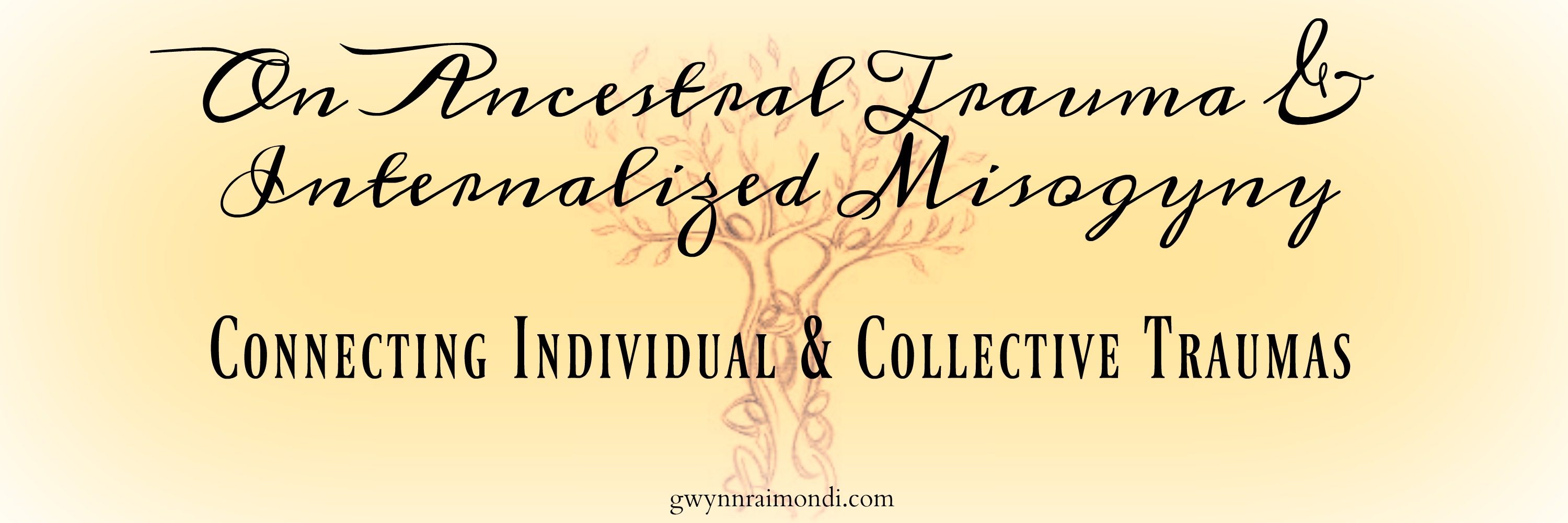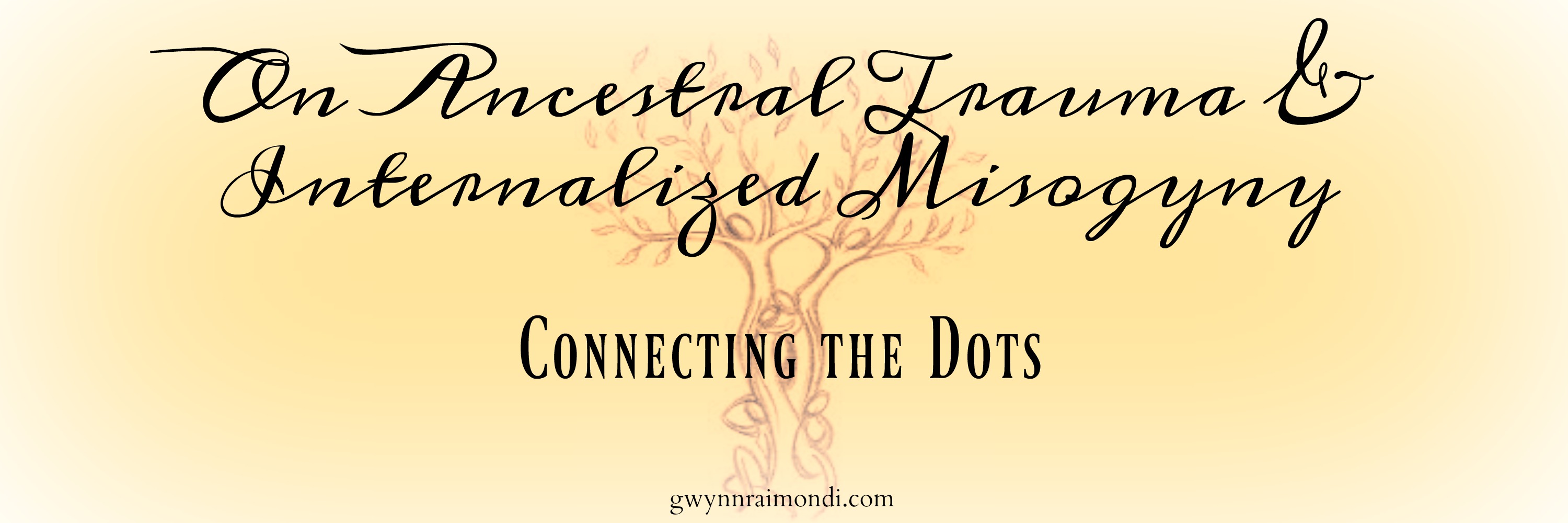
Not knowing trauma or experiencing or remembering it in a dissociative way is not a passive shutdown of perception or of memory. Not knowing is rather an active, persistent, violent refusal; an erasure, a destruction of form and of representation. The fundamental essence of the death instinct, the instinct that destroys all psychic structure is apparent in this phenomenon. . . . The death drive is against knowing and against the developing of knowledge and elaborating [it].
~Dori Laub, Listening to Trauma
Collective trauma is something that a community experiences together. It is the ways events like the hurricanes, tsunamis, earthquakes, and other natural disasters impact the communities that are affected by them and how those communities collectively respond to the event.
Collective trauma can also be seen when we look at racism, misogyny, homo-phobia, xenophobia, able-ism, etc. We see collective trauma in the survivors of genocides and in refugees of extremely authoritarian regimes. The peoples those “otherings” are directed at also experience a collective trauma.
These are traumas that, if you aren’t a part of that community, you don’t experience and may even have trouble understanding. They are also traumas that intersect and many of us are members of multiple “collectives” who experience othering, oppression, and hatred.
A community that experiences a collective trauma is made up of individuals, who each experience and internalize the traumatic event (or attitudes) in their unique ways. How we as an individual may respond to a collective traumatic event is also dependent on our own personal trauma history, our resilience (or lack of), and how our personal and prior collective trauma histories impacted us. How each individual responds to the event also reflects and influences how the collective as a whole responds.
The individual and the collective are intertwined, one really can’t exist without the other.
(To clarify the use the of the word “event” – that word truly only speaks to actual one time things – like hurricanes – and not to the traumatic impact of cultural hierarchies or attitudes or otherings. Unfortunately, I don’t quite have a word for that – so, I’m calling the trauma of cultural hierarchies an “event” even though it is perpetual and most certainly not a one time thing.)
If we look at misogyny (and really all aspects of our patriarchal culture) as a collective trauma, we can begin to have another way into understanding not only how it impacts each of us individually, but also how it perpetuates and insinuates itself within our culture. We can begin to see how misogyny is a key component in what I call Cultural Relational Trauma – how it others women and isolates us from each other and from ourselves. We can see how misogyny impacts all our relationships, with women, men, and non-binary persons. We can see how we collectively perpetuate it through silence, jealousy, and competition.
As women, we have collectively and individually, consciously and unconsciously, bought into the stories of how we are not enough, how we are too much, how we are bad, stupid, untrustworthy, incompetent, frail, fragile, and my all time favorite: evil.
We can see the double-bind our culture, and we ourselves, put us in when we consider sexuality, spirituality, motherhood, womanhood.
We can see how these stories and attitudes have actually caused not only individual traumas (because women are just property after all and can be beaten, raped, used and abused at the whim of their male intimate partner), but have also traumatized us as a collective, leaving us in a place of actually not trusting or believing other women, how we think about what women can and can’t do in the workforce, how we judge other mothers, how we accuse other women of “playing the victim” or the martyr.
We other each other. Even when in almost every way we are the same, and most especially when we have any obvious differences (like the color of our skin, socio-economic status, perceived sexuality, intelligence, education, etc).
And when we other each other, we are buying into, being complicit in and compliant to, and perpetuating our misogynist culture.
Our othering of other women, is how our internalized misogyny shows itself.
Our voices running through our minds about how we are too much or not enough is how our internalized misogyny shows itself.
Our shame, that we carry and that weighs down every fiber of our being, is how our internalized misogyny shows itself.
These are all traumas. These are both the cause and the effect of the trauma. Internalized misogyny is its own trauma that we perpetuate within ourselves and out in our collectives.
I am a firm believer in systems theory. I believe we are all a part of multiple systems, from the micro system of our actual body to our families, to our communities, and further out into the world. When one of us is traumatized, we all feel the ripple effect. This is not only a lateral ripple reaching out to others living in the here and now, this ripple spirals, reach out into the now and also back to our ancestors and forward to the persons yet to come.
The traumas of our ancestors had and continue to have their own ripple effects and collective and internalized misogyny is one of them.
I talk more about all of this in the 12-minute video here. ‘
This essay is the third in a four part series I have written exploring ancestral, inter-generational, historical and cultural relational trauma and internalized misogyny. I hope you find it helpful and informative.
This essay series is also to introduce the themes we will be exploring in the spring circle I facilitate: Unleashing Ourselves: Processing Ancestral Trauma & Dislodging Internalized Misogyny. We begin April 1. You can learn more here.
To read the other essays in the series, go to the links below
Defining Ancestral & Intergenerational Traumas and Internalized Misogyny
Connecting Individual and Collective Traumas (this essay)
Ending Cycles :: Processing the Past & Changing the Future
The importance of processing Ancestral Trauma & Dislodging Internalized Misogyny

